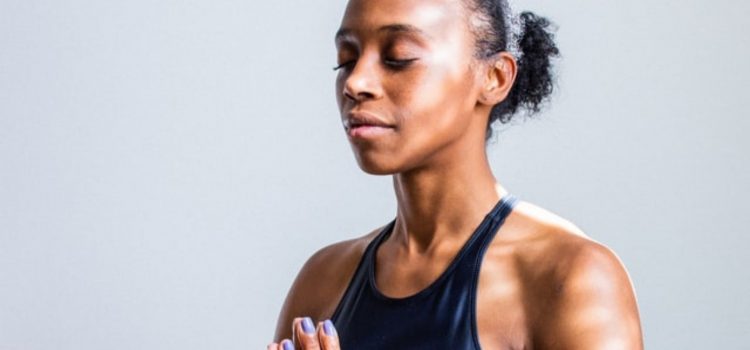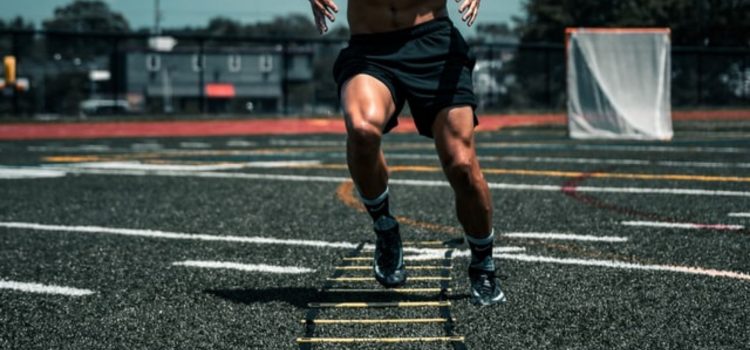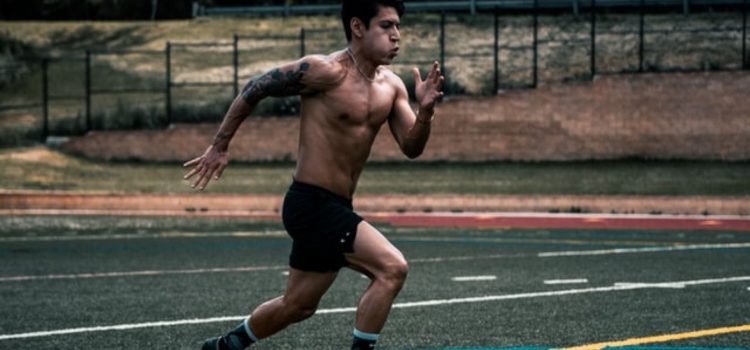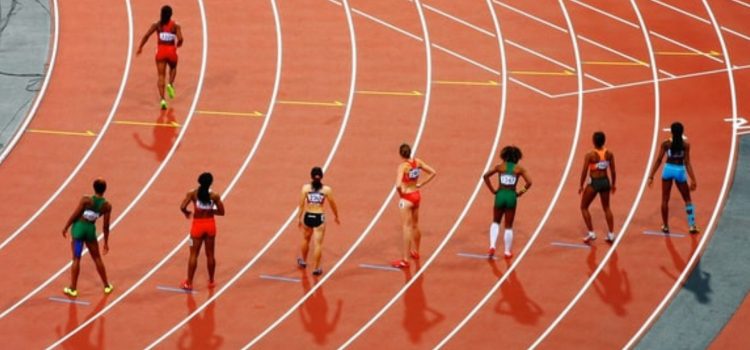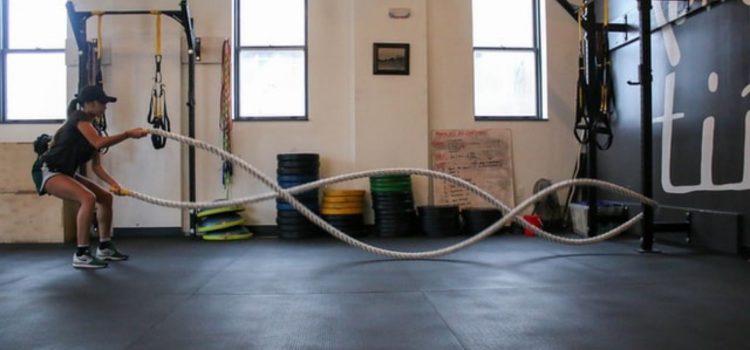What Can’t Hurt Me challenges does David Goggins propose to his readers? Could completing these challenges help you reach your own goals? In his book Can’t Hurt Me, former Navy SEAL and ultra-racer David Goggins presents ten challenges to his readers. The goal of these challenges is to help you work efficiently towards your goals and overcome obstacles in your life. Here are David Goggins’s ten challenges.
10 Can’t Hurt Me Challenges From David Goggins





